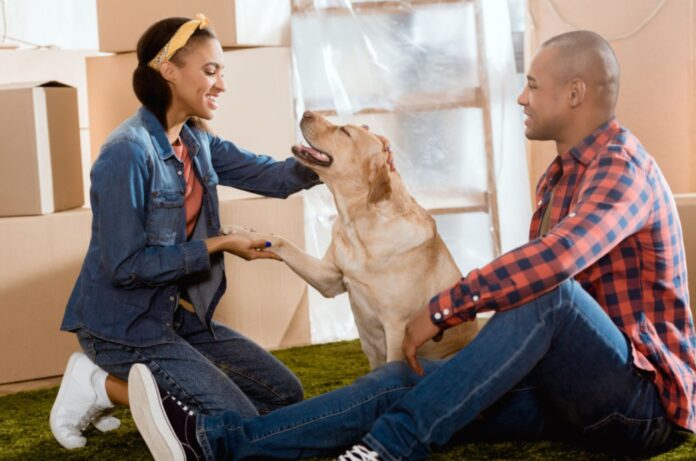
Moving from one location to another requires complex planning. If it involves relocating pets, you need to make extra preparations. A move is always stressful for pets. While dogs may not mind since they are used to taking walks, cats, guinea pigs, and birds are usually scared of anything that involves getting out of the house.
You know your pet’s habits, fears, and preferences. To make the move easier for both of you, consider making the pet as comfortable as possible. These simple tips can help you prepare for the move and handle pets in the most convenient and peaceful manner.

1. Check Rules and Regulations
If you are moving into a rental property, find out how the landlord feels about the pet. Landlord associations may also have special rules about pets on their territory.
In case you are moving to another city or province, learn which regulations apply to the pet you have. You may need to do additional vaccinations or provide special certificates.
If you are moving out of the area, contact the veterinarian. Ask which vet’s office they may recommend in your new city or township. Then contact the new veterinarian to ask about rules and regulations in their specific area.
Consider checking the pet out before the move. If it needs some procedures or treatments, they are likely to be more comfortable doing them with the vet they know. It can also keep you from running into unexpected pet health problems during the move.
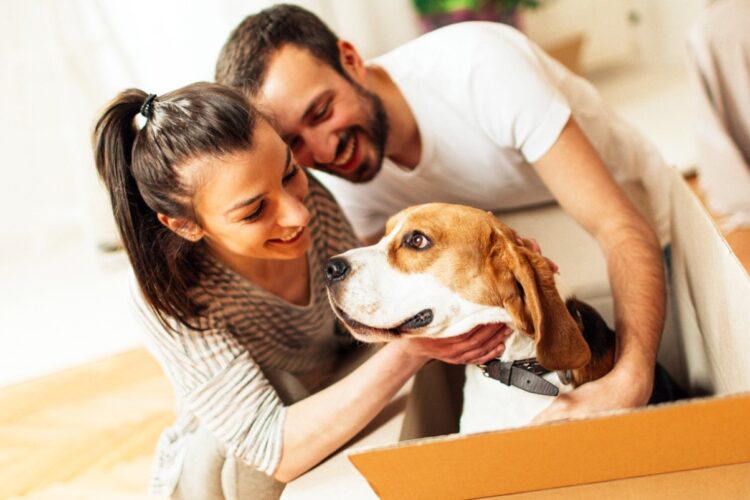
2. Pack Gradually
Gradual packing can keep the urgency out of the moving process. For pets, especially cats, your home is their entire universe. Taking it all apart in one day can be stressful for the animal. So consider packing one room at a time.
Such an approach can also help you stress less. You can declutter your home, arrange yard sales, ensure proper packing of fragile items, and much more. By putting the packing process off until the last moment, you are risking a hectic move.
Gradual packing can also help you avoid lost items. When you have sufficient time to collect and label your things, you are less likely to lose anything. It can also make unpacking at the new location faster and easier.
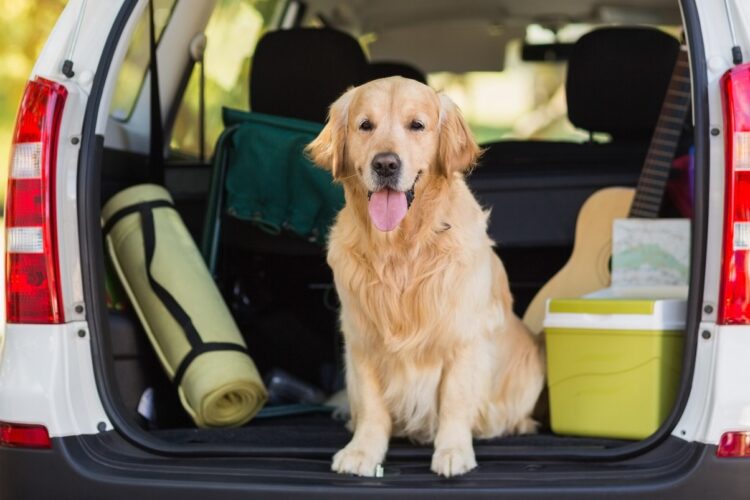
3. Use Your Own Car
Transporting your pet in the moving truck can add a lot of stress to the situation. Movers aren’t likely to allow the pet in the driver’s cabin.
Putting the pet carrier in the back of the truck is risky. Besides scaring the animal, you could hurt it. According to experts from Torex Moving, respectable movers won’t allow transporting pets in their truck.
Using your own car is an excellent way to keep the pet calm, especially if they’ve ridden there before. By being with the pet during a move, you can calm them down and ensure worry-free transportation.
Don’t transport the pet until you take all the items out of the house. When you get to the destination, try to unload all items before letting the pet run around your new place.

4. Create a Safe Space
When you move the pet to the new home, you need to keep it safe while you are unpacking. Allowing your cat or dog to roam around the new rooms could make the entire process stressful. A stressed pet may damage your items or get into the way of moving furniture. You could unwittingly hurt the animal.
Consider creating a special space for the pet while you are unpacking and setting up the furniture. Close the area off so the pet can’t leave. Put its favorite toys inside so the animal feels safe. Make sure to visit the pet from time to time and talk to it in a soothing tone.
While the animal is staying in its safe place, consider pet-proofing your new home. Ideally, you should do it before the move so the new space is protected from paws, claws, and teeth.
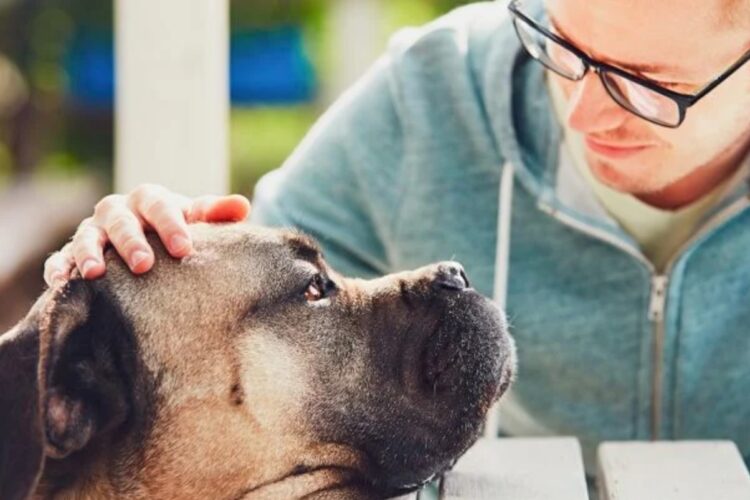
5. Watch Your Pet Closely
After moving into the new house or apartment, make sure to watch your pet’s behavior closely. No matter how well you pet-proof the area, the pet can surprise you. To avoid unpleasant incidents, follow the pet around the house and see how it behaves.
You should also watch the pet’s health. Some pets are highly sensitive to moves and may get sick after some time passes. Consider taking the pet to a new vet two to three weeks after the move to make sure it’s doing fine.
If you are letting your pet go outdoors, don’t leave it alone. Your four-legged friend may get confused about the surroundings and run away. Without knowing its way home, it could get lost.
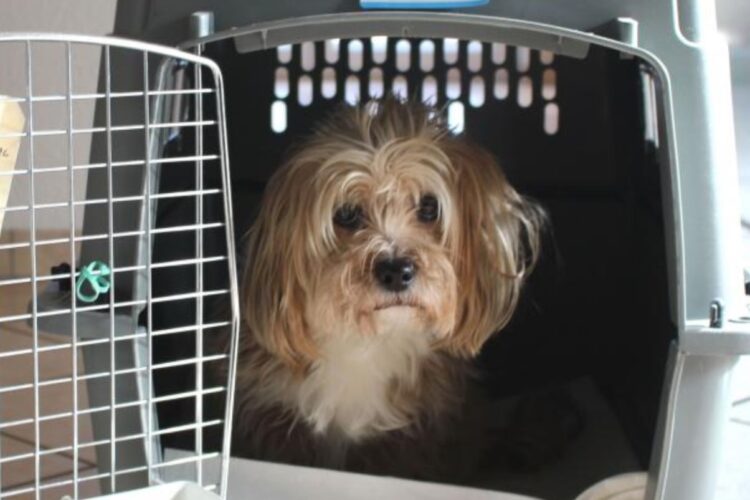
6. Consider Pet Boarding
If your move is complicated, it may take several days to complete. All the preparation, packing, and transporting can make any pet uneasy. In fact, moves are the time when birds tend to fly away. Fish could die while guinea pigs may start having health problems.
Consider sending the pet away for the duration of the move. You could take it to a pet hotel or send it to live with friends or family. Doing so will give you enough time to prepare for the move, transport your belongings, and set up a new home.
While boarding the pet won’t take the stress out of leaving their old home behind, it can minimize the inconvenience for both of you.
Final Thoughts
Moving with a pet doesn’t have to be stressful for both of you. With the right planning, you can make the pet comfortable without jeopardizing the move. Make sure to talk to the veterinarian about the move to learn more tips and receive useful recommendations.
Don’t forget that pets are usually sensitive to the environment around them. So if you are stressing, they may be too. By taking the stress out of the picture, you can have a safe and comfortable move.











